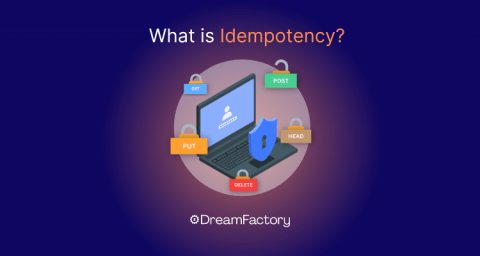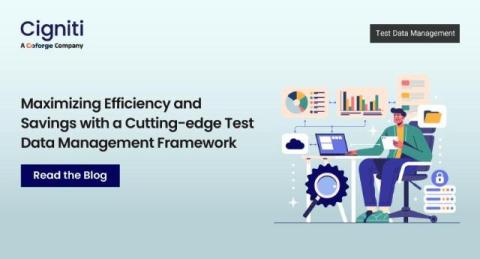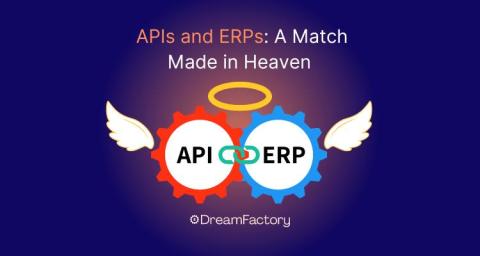Efficient Dom Manipulation With The Virtual Dom And Refs
Ever wondered why your favorite websites are so fast and responsive? It all boils down to how they handle DOM manipulation. The Document Object Model (DOM) represents your web page as a structured tree. Traditionally, we used JavaScript methods like getElementById or removeChild to make changes. But as websites get more complex, these methods can slow things down. Enter React, with its game-changing Virtual DOM.











